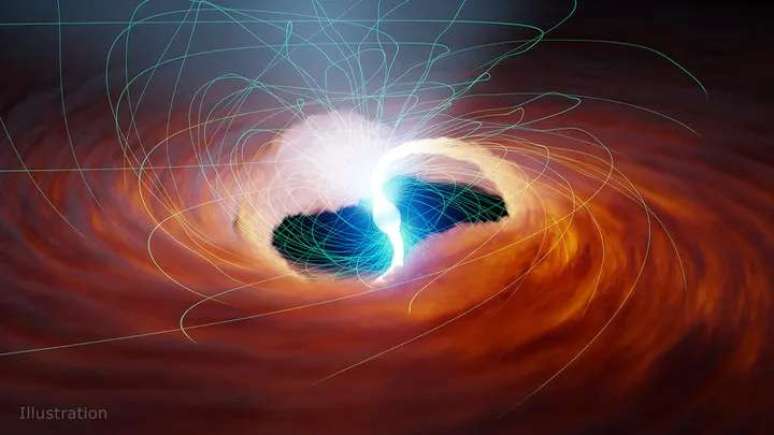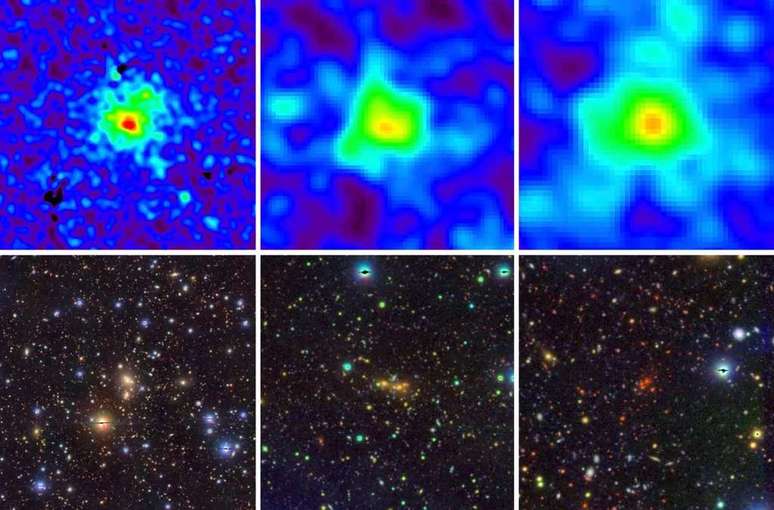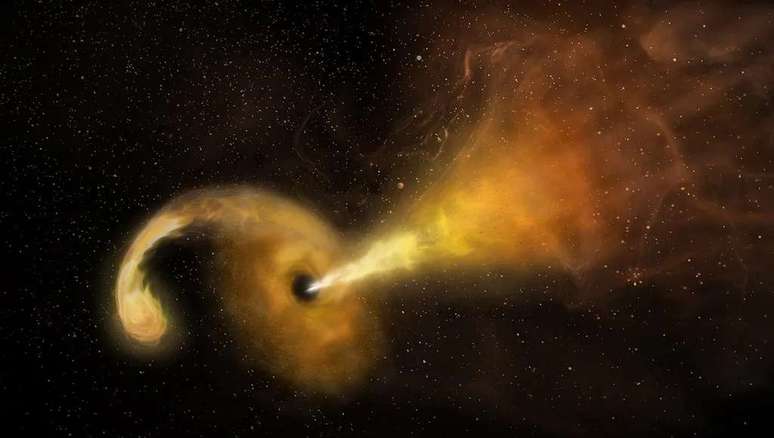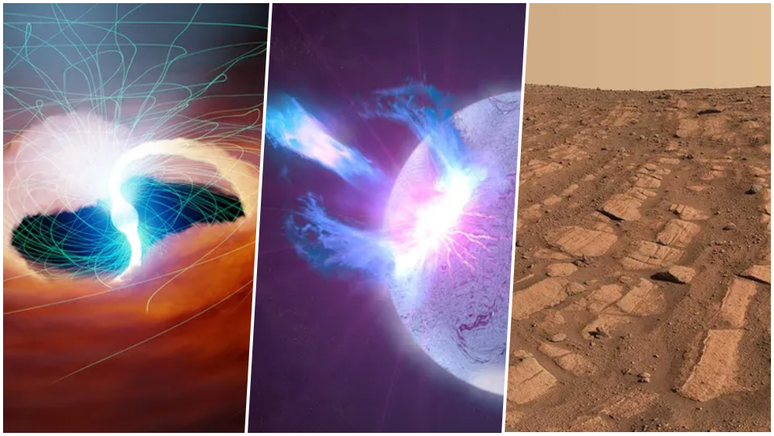Check out top space news for the week of May 6-12, 2023, and stay up-to-date on everything that matters most in the universe of astronomy!
Objects shining brighter than physics allows, unprecedented quantum effects, a river trail found on Mars by Perseverance – these are just a few of the topics gaining prominence this week.
Check out the roundup of the week’s top news below and stay up-to-date on what’s shaking the universe of astronomy.
Brightness that shocked astronomers

Cosmic objects can be extremely bright, but there are limits to everything. In the case of the luminosity of celestial bodies, there’s even a name for it: the Eddington limit, which no object should exceed.
However, not knowing it was impossible, the X-ray source called M82 X-2 exceeded the Eddington limit and left the scientists dumbfounded. After the discovery, some studies have proposed explanations, including the hypothesis that everything is just an optical illusion.
A new article, however, proves otherwise. The authors’ proposal is that the magnetic fields of the neutron star, located at the center of the object, are responsible for this unprecedented phenomenon and are “warping” the atoms, allowing photons of light emitted by the atoms to accumulate in the region. Interesting, right?
The quantum effect never seen before
Speaking of unprecedented phenomena, scientists have found in a magnetar (a type of neutron star) a quantum photon morphing effect, something never seen before. This had already been predicted from quantum electrodynamics, but had never been observed before.
According to the study, the X-rays emitted by the object called 4U 0142+61 were polarized (polarization occurs when particles have the same orientation; in this case, the particles are the photons that carry the X-rays) in very different ways. : XI-rays High-energy X-rays form a 90-degree angle with the polarization of low-energy X-rays.
The remains of a river on Mars

Yes, there are already several compelling signs that Mars had rivers on its surface, but any new leads are very welcome in the roundup. This time, the Perseverance rover has snapped new photos of a region already known to have possibly hosted a strong river a long time ago. They can be seen from space, but have only now been seen up close.
With new photos of the area called Pinestand, the scientists observed layers in the rocks that were probably formed by a strong flow of water. In the image above, we can see the layers in rows, perhaps ancient islands of sediment that have eroded away over time. Notice how some of them curve upwards – they reach up to 20 meters in height!
The atmosphere and temperature of a mysterious planet

The exoplanet GJ 1214 b is a sub-Neptune, a class of worlds larger than Earth and smaller than Neptune. It’s a bit mysterious because it’s covered in a haze that hides its atmosphere, but luckily astronomers have the power of James Webb in their hands. With him, it was possible to see beyond the planet haze and a vapor atmosphere was found therein.
Located 48 light-years away, the planet is very close to us and highly reflective; this means that its atmosphere is able to reflect heat from its star to keep GJ 1214 b cooler. The new temperature map shows signs that the planet may have an atmosphere made up of molecules like water or methane.
The new measurement of the dark energy of the universe

A new study suggests there may be more dark matter in the universe than previously thought. Previous calculations claimed that about 68% of the cosmos was made up of this mysterious energy, but a new study used galaxy clusters and concluded that dark energy makes up 76% of the universe.
No one yet knows what dark energy is, or if it really is energy in the sense we know it: this is just the name given to the force responsible for the accelerated expansion of the universe. Calculating how much of it is “out there” is important so that, one day, scientists finally discover what or how it is made.
The “Scary Barbie”

That Barbie is a black hole! And he, or rather the matter around him, glows so brightly that astronomers have called the event “absurd” and have nicknamed it the Scary Barbie (Scary Barbie, in free translation). The reason for the glow is your current diet.
The black hole is gobbling up a star, pulling its matter with such gravitational pull that the meal has stretched like an eraser. This phenomenon is known as spaghettitification, because even the stretched matter looks like spaghetti. This is quite common in the universe, but Scary Barbie has been in this process for over two years now, which isn’t normal.
The “book” on Mars

The Curiosity rover has found a rock on Mars resembling the shape of a book open. No, there isn’t a library there, it’s just a rock formation probably shaped by an ancient river. Plus, it’s too small to hold a story we can read – it’s only 2.5cm long.
Rocks with distinctive shapes resembling terrestrial objects have been found previously on Martian soil, causing some controversy. The phenomenon responsible for this is called pareidolia and causes our mind to associate abstract shapes, such as those of clouds or rocks, with familiar things in our daily lives.
Trending on Canaltech:
- Netflix releases during the week (05/12/2023)
- Does Guardians of the Galaxy 3 have a post-credits scene?
- Why is Kingston NV2 1TB SSD selling so much?
- The discord changes the way names work and the community doesn’t like it
- Why is Samsung 32T4300 smart TV selling so much?
Source: Terra
Rose James is a Gossipify movie and series reviewer known for her in-depth analysis and unique perspective on the latest releases. With a background in film studies, she provides engaging and informative reviews, and keeps readers up to date with industry trends and emerging talents.




![More beautiful life in advance: What awaits you on Wednesday, July 16, 2025, in an episode of 377 [SPOILERS] More beautiful life in advance: What awaits you on Wednesday, July 16, 2025, in an episode of 377 [SPOILERS]](https://fr.web.img6.acsta.net/img/53/5a/535a58f181f2f8d5e35ce7cf5fbbd28e.jpg)

